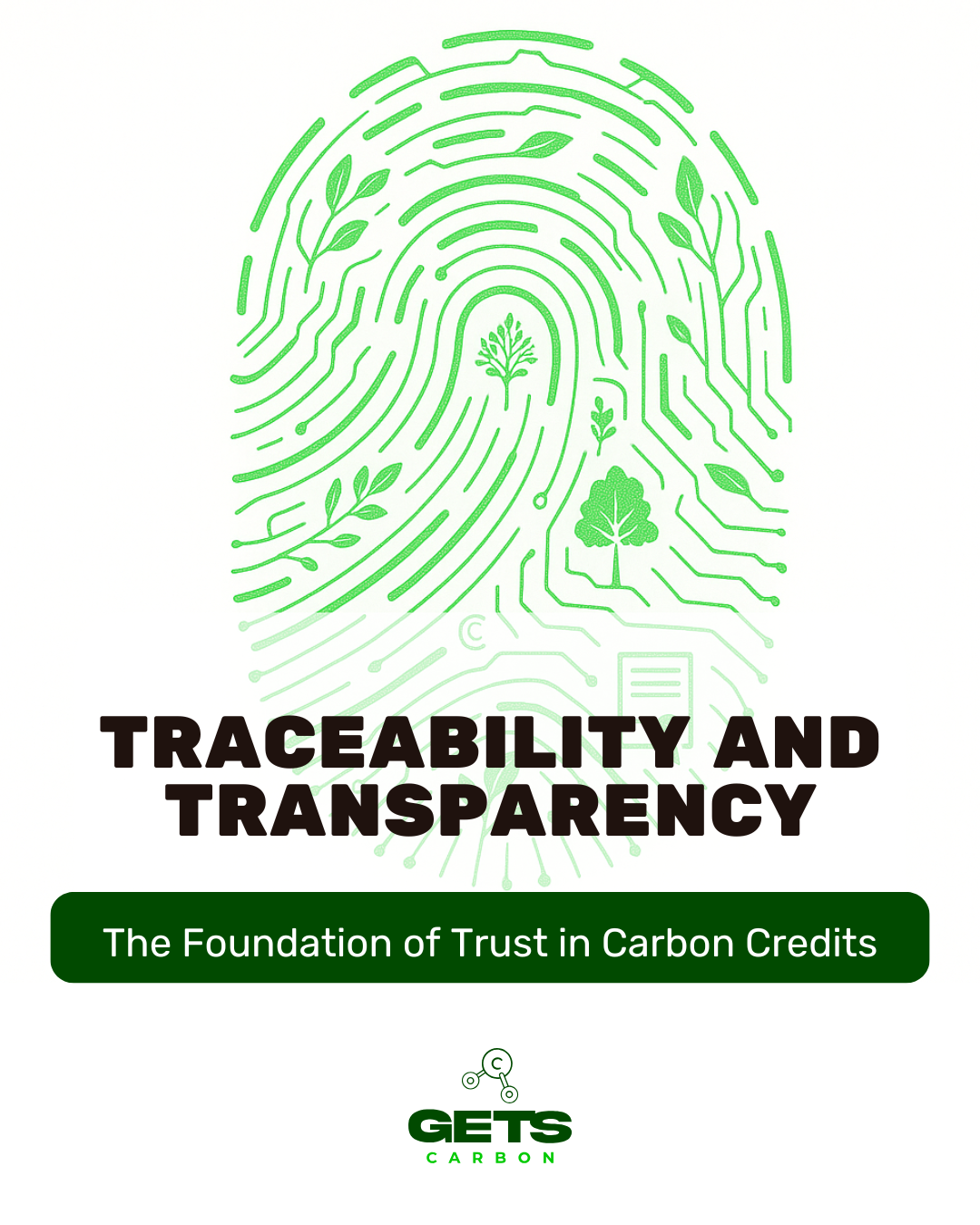In the carbon credits market, trust and credibility are essential pillars to ensure that every ton of CO₂ offset represents a real emission reduction. Once issued, credits circulate in the market – being bought and sold until their final use in offsetting. To ensure this cycle is legitimate and free from doubts, traceability and transparency mechanisms are applied to track each credit “from issuance to retirement.”
The carbon market and public registries are the first steps in this process. Each credit has a unique code and status, updated in electronic platforms. When a credit is sold or transferred, the movement is recorded. When it is used to offset emissions, it is permanently “retired,” removed from circulation and preventing double counting. International tools such as APX or IHS Markit platforms are examples of systems that guarantee each compensated ton is unique and irrefutable. For purchasing companies, verifying in the registry that their acquired credits have indeed been retired in their name is a best practice to ensure transparency.
Another essential resource is emission offsetting. Every certified credit carries an identification number linked to the originating project and year of issuance, eliminating the risk of duplication. Recent initiatives go further by creating digital identifiers using blockchain technology, assigning a unique token to each credit and making it impossible to alter or reuse a credit without detection.
Blockchain technology has emerged as a major differentiator in this process. Through a decentralized, immutable digital ledger, it ensures that no recorded information – whether issuance, transfer, or retirement – can be erased or manipulated. It also enhances auditability, as all transactions remain visible for independent verification at any time. Organizations like Verra and Gold Standard have already launched pilot projects in this model, tokenizing credits and offering the market greater security against double counting, along with full clarity on the origin and destination of each unit.
Total transparency is the final link in this chain. Project documentation, monitoring reports, certifications, and credit statuses are made publicly available or accessible, allowing auditors, partners, and consumers to verify the legitimacy of carbon offsets. This openness guarantees integrity and strengthens trust in the carbon market as a whole.
Offsetting your emissions is much more than an obligation: it is an investment in reputation, the future, and the planet. Gets Carbon connects your company to certified projects that make a real difference. Contact our team today and start your journey towards impactful sustainability.




